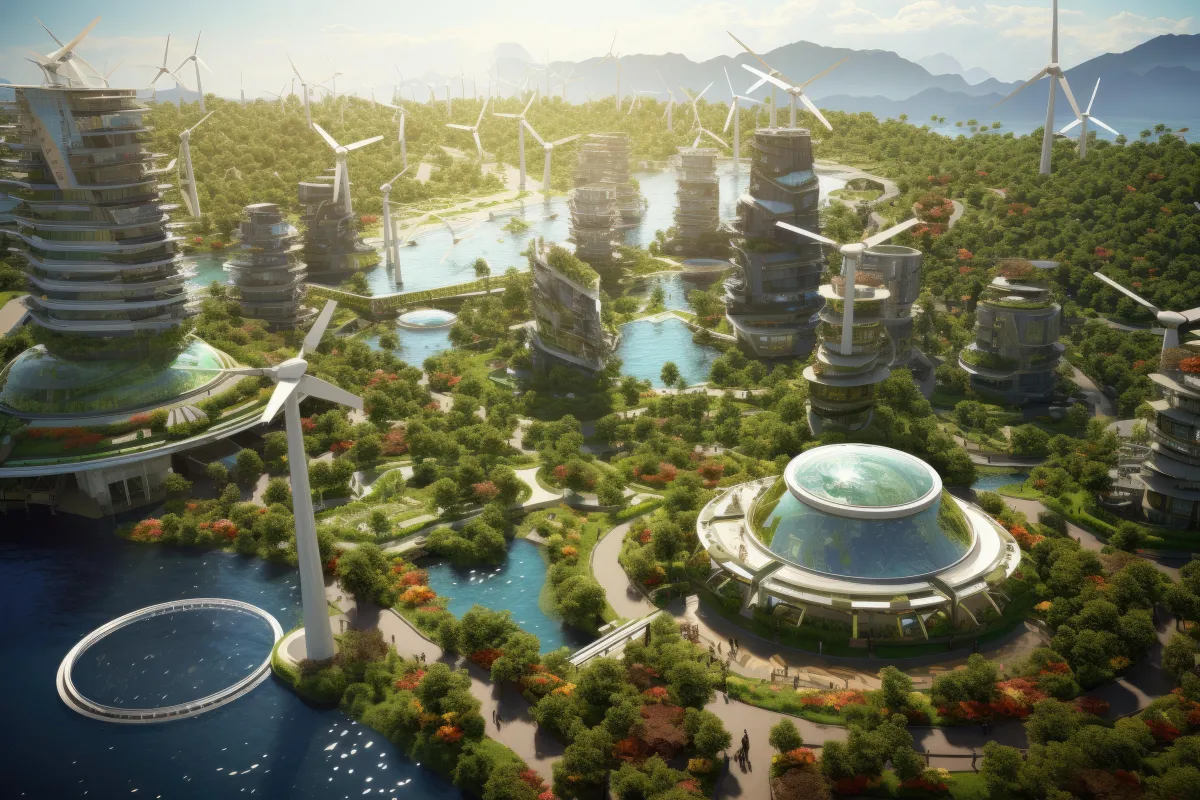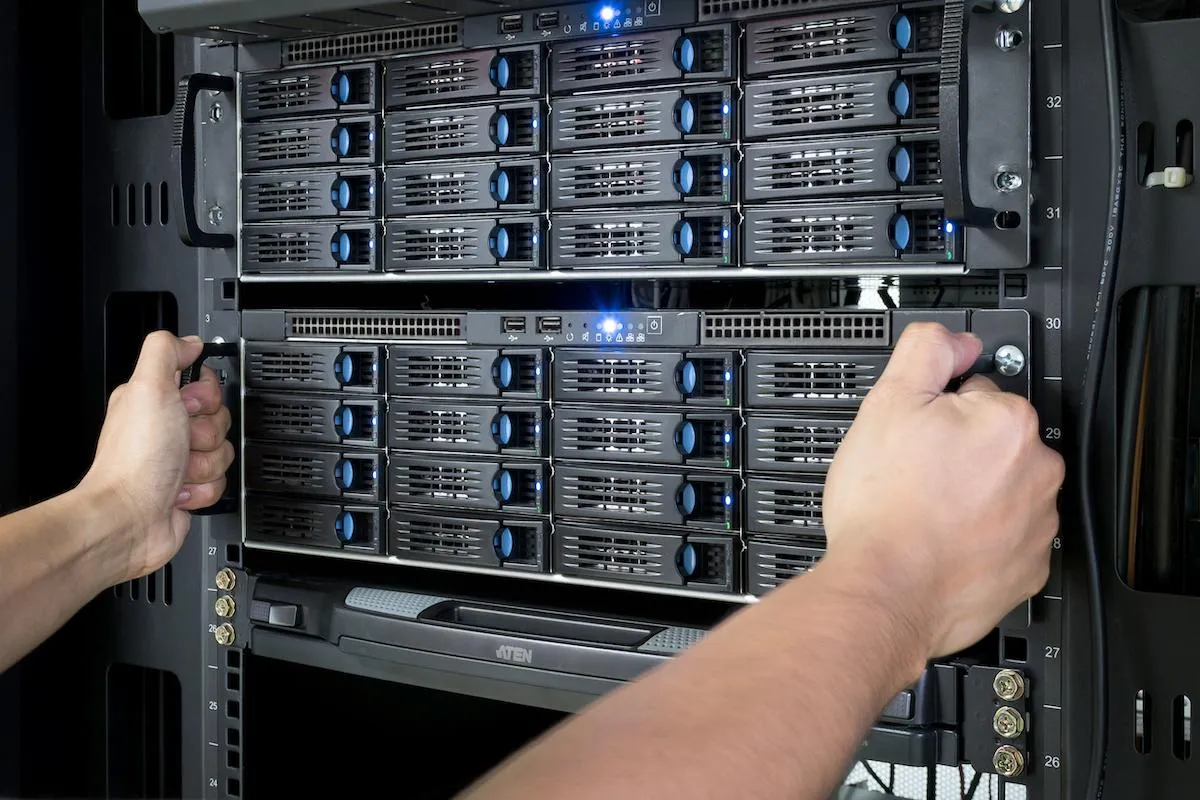EDGESYNERGIES
ABOUT US
EDGESYNERGIES
ABOUT US
About Us
EDGESYNERGIES
We are a Data Centre and Green Tech Startup working at the intersection between heat decarbonisation and next generation Edge Computing solutions. Utilising cutting-Edge technologies including Heat Management Systems, Liquid Cooling, and Blockchain we are pioneering a feasible solution to rollout Decarbonised decentralised Edge Data Centre Grids within densely populated urban environments.
Our innovations are pathing the way for the next wave of SMART city infrastructure whilst working towards the global Net-Zero goals.

About Us
EDGESYNERGIES
We are a Data Centre and Green Tech Startup working at the intersection between heat decarbonisation and next generation Edge Computing solutions. Utilising cutting-Edge technologies including Heat Management Systems, Liquid Cooling, and Blockchain we are pioneering a feasible solution to rollout Decarbonised decentralised Edge Data Centre Grids within densely populated urban environments.
Our innovations are pathing the way for the next wave of SMART city infrastructure whilst working towards the global Net-Zero goals.
HOW IT WORKS
We install Micro-Data Centres inside Commercial Real Estate boiler rooms within metropolitan areas. This enables us to proliferate densely populated urban environments with computing facilities which seamlessly integrate into pre-existing infrastructure. Here we utilise the vast amounts of waste heat generated by the Data Centre to heat the building, repurposing Waste Heat as a Service.
Our focus is reinvigorating waste products in brownfield space and waste heat, turning them into valuable and productive utilities to meet the increasing demand for AI computing and Net-Zero innovation. This remedies the endemic failures of the Computing Industry optimising the use of Space, Energy, and Cost.

HOW IT WORKS
We install Micro-Data Centres inside Commercial Real Estate boiler rooms within metropolitan areas. This enables us to proliferate densely populated urban environments with computing facilities which seamlessly integrate into pre-existing infrastructure. Here we utilise the vast amounts of waste heat generated by the Data Centre to heat the building, repurposing Waste Heat as a Service.
Our focus is reinvigorating waste products in brownfield space and waste heat, turning them into valuable and productive utilities to meet the increasing demand for AI computing and Net-Zero innovation. This remedies the endemic failures of the Computing Industry optimising the use of Space, Energy, and Cost.
HOW WE HELP YOU, A REAL ESTATE OWNER
By installing Micro-Data Centres in Commercial boiler rooms our Waste Heat as a Service offers the owners cheaper, more environmentally friendly heating.
Aligning with EdgeSynergies provides high environmental and financial value. Our solution offers to remove some of the financial and environmental cost of utilities and often underutilised spaces.
In a world of ever more conscious consumers, providing this financial and environmental value to property owners is imperative to achieve our collective climate goals.

HOW WE HELP YOU, A REAL ESTATE OWNER
By installing Micro-Data Centres in Commercial boiler rooms our Waste Heat as a Service offers the owners cheaper, more environmentally friendly heating.
Aligning with EdgeSynergies provides high environmental and financial value. Our solution offers to remove some of the financial and environmental cost of utilities and often underutilised spaces.
In a world of ever more conscious consumers, providing this financial and environmental value to property owners is imperative to achieve our collective climate goals.
HOW WE HELP YOU, THE DATA CENTRE OPERATOR & CUSTOMER
The demand for Computing is experiencing exponential growth with no sign of slowing. However, the ability to develop new infrastructure is becoming ever more challenging given the legislative, power, land, and social issues which have emerged. Our solution offers a unique competitive advantage in inner city Data Centre development.
EdgeSynergies can build computing where it is needed most, offering the infrastructure for the first Edge Data Centre Networks.
By reducing the latency, operational cost, and carbon footprint of each Data Centre we mitigate the Security, Energy, and Cost for the Next Generation of Computing infrastructure.

HOW WE HELP YOU, THE DATA CENTRE OPERATOR & CUSTOMER
The demand for Computing is experiencing exponential growth with no sign of slowing. However, the ability to develop new infrastructure is becoming ever more challenging given the legislative, power, land, and social issues which have emerged. Our solution offers a unique competitive advantage in inner city Data Centre development.
EdgeSynergies can build computing where it is needed most, offering the infrastructure for the first Edge Data Centre Networks.
By reducing the latency, operational cost, and carbon footprint of each Data Centre we mitigate the Security, Energy, and Cost for the Next Generation of Computing infrastructure.
FAQs
Why do we need to decarbonise Data Centres, and how is EdgeSynergies solving this problem?
The demand for Data Centre use is skyrocketing, with the industry facing exponential growth. In London the demand for AI based data processing is doubling 100 days and globally the average person produces 1.7mbs of data per second.
This is a problem because Data Centres currently consume more than 2% of the worlds electricity which in turn is responsible for for around 26% of global emissions. However, in Data Centre hubs such as Dublin, computing consumes 14% of their entire electrical grid(up from 5% in 2015). One of the major problems within this consumption of energy is waste heat management. Between 40-45% of the electricity used by a typical Data Centre is spent air cooling the servers and dumping waste heat.
What we do differently is we use Liquid Cooling technology for more effective cooling, and then transport this Waste Heat as a Service to the central heating system (boiler) of the property we are installed in. This way we remove the reliance on Natural Gas burning (causing additional emissions) for heating and recycle this waste product.
As we move towards a continual increase in Data Centre use, finding ways to alleviate their burden on the planet is vital.
How does EdgeSynergies actually decarbonise heating?
In the UK the Heating sector is the second largest contributor to Greenhouse Gas emissions, accounting for 37% in 2019. This is because Heat energy is remarkably difficult to decarbonise as transporting heat leads to significant loss and 78% of heat is fuels by Natural Gas burning. Natural Gas emits greater quantities of CO2 per kWh of heat energy than electricity but is a more convenient and effective source.
How EdgeSynergies challenges this problem is by repurposing waste heat from electrically powered Data Centre hardware: Servers, GPUs and Computing. This waste heat generated is captured by our liquid cooling solution, and then transferred to the boiler. This provides a significant quantity of the required heating through a waste product, reducing the amount of Natural Gas burning in the process and in turn the carbon emissions from heat energy consumption.
As we scale and iterate our solution we intend to replace Natural Gas burning entirely with waste heat recycling. This work benefits our collective Net-Zero goals whilst simultaneously improving the quantity and quality of urban computing.
What is an Edge Network and why is it important?
Edge Computing or Edge Networks refer to distributed computing infrastructure that brings data processing and storage closer to the source of data generation and consumption, rather than relying on centralized Data Centers further away. This approach is designed to drastically reduce latency and enhance the speed, efficiency, and security of data processing by handling tasks at the network's edge, where the data is created and used.
The benefits of Edge are reduced latency, improved data security, bandwidth optimisation, cost effectiveness, and enhanced reliability. Edge computing provides near-instant data transfer and data processing, making it imperative for real-time sensitive applications such as automated vehicles, robotics, and other autonomous industrial systems. Imagine a self-driving car with a 1 second video processing delay, or a robot walking among us lagging. It is precisely because of a lack of Edge capabilities that we have seen a delay in the creation and implementation of this next generation technology.
Where EdgeSynergies changes the landscape is by installing a decentralised grid of Micro Data Centers throughout hard to access central city locations we build the infrastructure on which an Edge Network and the future of Edge Enabled Applications can be built. It is impossible to imagine the value and innovation of technology possible with this infrastructure.









